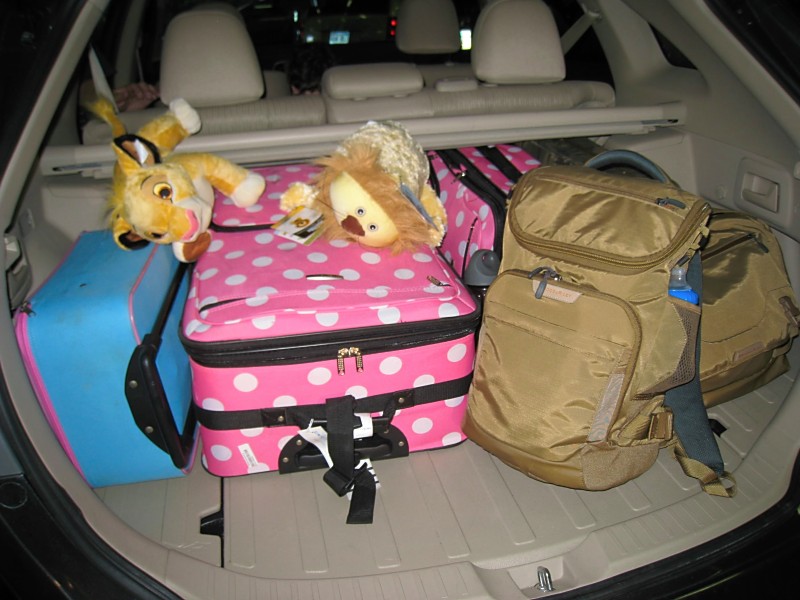
In this digital age it’s easier than ever before to work remotely while you travel – and even make a living out of doing so. There are countless benefits to working freelance and setting up temporary offices around the world while you explore it, but it can be tricky to navigate and plan your next move when you’re on-the-go.
We have rounded up the 10 best apps for digital nomads that will help with organization, planning meetings, finding places off the tourist trail, converting currencies and time zones, and even transferring money. Happy travelling!
- Workfrom
For digital nomads who work on-the-go, Workfrom is a genius app that tells you where’s best to set up your office for the day, taking into consideration cafe opening hours, power outlets, WIFI, outdoor seating, co-working spaces, libraries and more. This is perfect for when you arrive in a new city, as you can simply enter in your location and a few keywords into the app and be answering your emails in a nice coffee shop in no time.
- Trello
The project management app Trello is very popular in the digital nomad community because of its efficiency and ease-of-use. With Trello you can clearly map out your to-do list and categorize your tasks using labels to color-code. You can also allow other people to see your organization boards and assign work to them.
- Hostelworld
With Hostelworld you can find, compare, review and book hostels last minute as you travel, saving you hassle and lots of internet research.
- Pangea Money Transfer
When you’re travelling the world, you may need to transfer money to people in different countries with your new local bank account. The quickest way to do this is through the Pangea Money Transfer app, which saves you time, hassle and money.
- Time Buddy
If you’re doing a lot of travelling across time zones, it can be hard to keep track of time differences – especially if you’re communicating and scheduling meetings with people all over the world. Time Buddy is a useful app that helps you convert times and dates across multiple time zones, so you can effectively manage your workload and deadlines.
- XE Currency
XE Currency is useful because it lets you compare up to 10 currencies at once – you can’t afford not to travel with it.
- Uber
Uber is a real lifesaver in your own country, let alone in a foreign one! To be safe, make sure you have Uber set up on your phone, so you can get a ride if you’re stranded. (Check whether Uber operates in the country you’re in). Note: Be discreet when travelling with Uber, as there are some countries where Uber is in conflict with the local taxi drivers.
- Spotted By Locals
A great way to veer off the tourist trail and discover local-favorite restaurants and events is the app Spotted By Locals. It features many locally-recommended hot-spots in European cities like Paris, Madrid, Warsaw, Vienna, etc., as well as North American cities like Montreal, LA, Toronto and Boston.
- Google Translate
Google Translate is an essential tool for when you’re travelling, as it can get you out of some tricky situations when you encounter a language barrier.
With Google Translate you can take a photo of words (e.g. a road sign or menu) and it’ll translate it for you. Or, using the two-way conversation mode you can tell it what you want to say, and it’ll say it back to you in the language of your choice. Plus, you don’t need to be connected to the internet – lifesaver!
- Headspace
If you’re feeling stressed or tense on your travels, practicing meditation is a good way of finding positivity and calm. Headspace is an app that takes you through your meditation practice for a few minutes each day, and you can do it on-the-go!

















